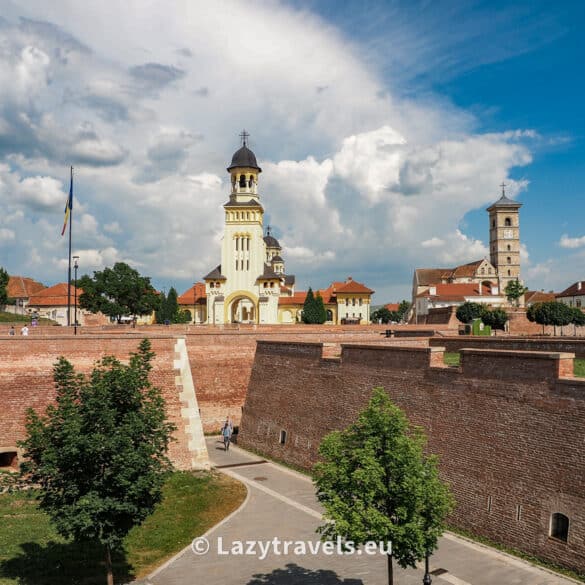When I first went to Suceava, it was basically a coincidence and a place somewhere along the way. At that time, my destination was Turkey, and Suceava was the last stop on a smuggling bus from Przemyśl (Poland). I didn’t have time to visit the city then, which is why I was all the more eager to return 20 years later.
Back then, when i was a student, I had to save up for every trip. It’s no secret that a student budget is very limited, so I had to get creative to save some cash. I remember traveling through Suceava on the way to Istanbul. Bus drivers bribed border guards at border crossings. Under the seats, tightly filling every free corner, were angle grinders, abrasive discs, drills, building materials, and I don’t even know what else. It was like a scene out of a movie!
We arrived to Suceava at night, and we’d met a couple who were traveling to Nepal by land! I still envy them. The only thing I remember about Suceava is spending the night at the bus station. I can still point out where we laid down on the ground with our backpacks. I have so many memories, but it’s time to return to „modern” times.
Traveling to Suceava
This time, I also took a detour to Suceava. I first flew to nearby Chernivtsi in Ukraine and then I took a slow train across the border to Suceava. I did, however, immediately take a night train to Timisoara, the destination of my trip to Romania, the castle in Hunedoara. I will write more about that in other articles. On my way back from Alba Iulia and its impressive fortress, I stopped in Suceava to rest and explore Bukovina and its beautiful painted Orthodox churches.
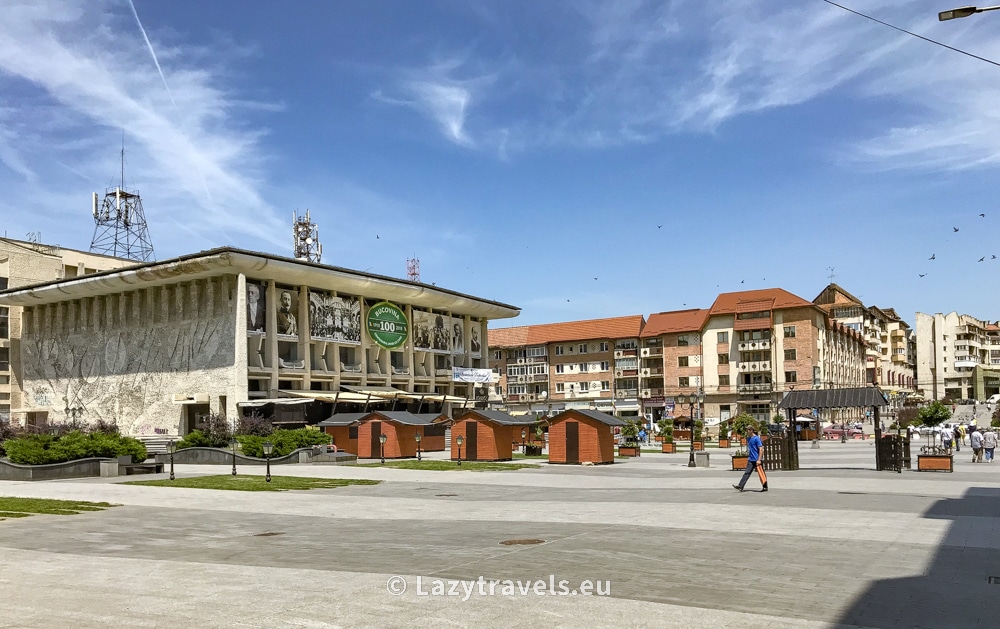
But before I get into it, I should mention one thing. I have to say, Suceava is simply an ugly city. There are these concrete buildings called „blocks,” and there’s no old town. The main square is made of concrete and has tourist information booths, but they’re mostly for the locals. Or maybe they’re just for the locals, since there aren’t many people around. There are three tourist attractions in Suceava: the castle, the open-air museum, and the Orthodox church.
Suceava Castle
Most guides and blogs describe the castle as a ruin, but it’s actually in pretty good shape. That couldn’t be further from the truth. It was a ruin, sure, but that was a long time ago, and the castle has since been partially rebuilt and reconstructed. It was a place of power back then, as it was here that the Moldavian rulers ruled their estates. That’s why it’s also called the „Throne Fortress.”
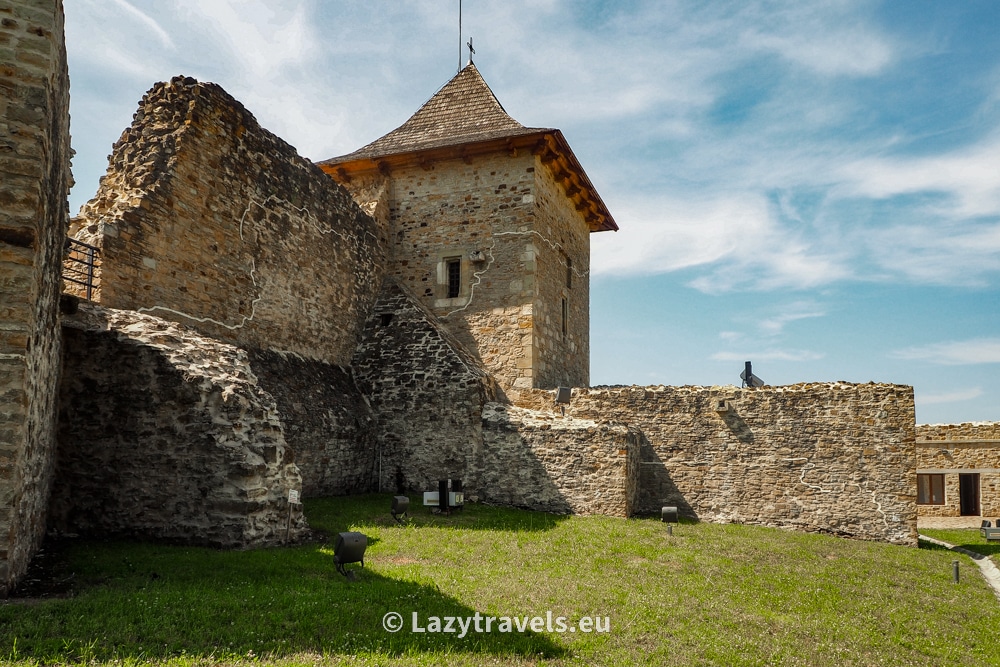
The first major fortifications were built in the 14th century, but the castle didn’t really take on its current shape until the 15th century. Back then, Stefan III, the Moldavian voivode and one of the most powerful rulers in the region, decided to build a real fortress here. This is when the layout we can see today was built. The Turks tried to break through the fortifications twice, but they never succeeded. The Poles faced the same thing when polish king Jan Olbracht brought his troops here. They also failed to break through the castle’s stone walls.
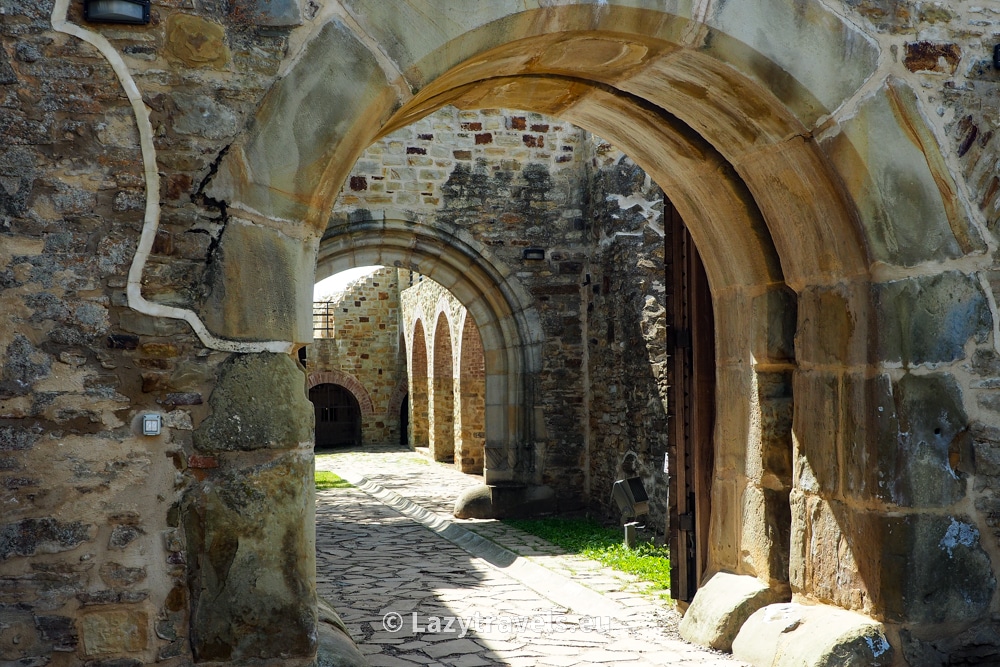
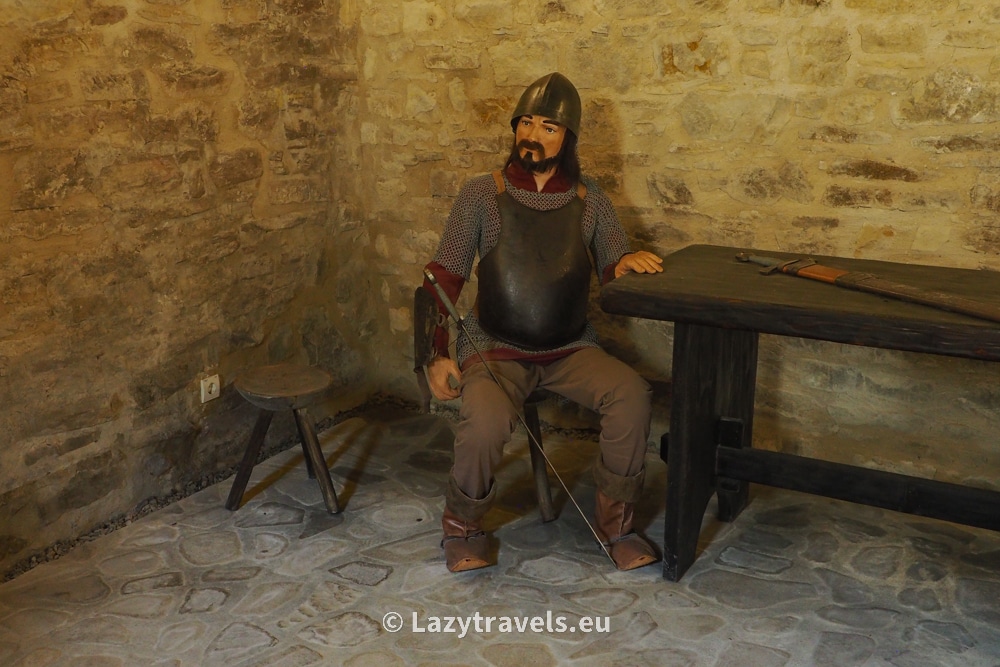
The castle might not be the most exciting place, with no special exhibitions or multimedia displays that will leave a lasting impression or change how you think about historical sites. But it’s a solid fortress and definitely worth a visit. When you go in through the gate, there’s a series of rooms where you can read about the castle’s history. There are stories about Stefan the Great tricking the Polish king, victories, and even defeats. There are also inscriptions in English, so you can read along as you look around.
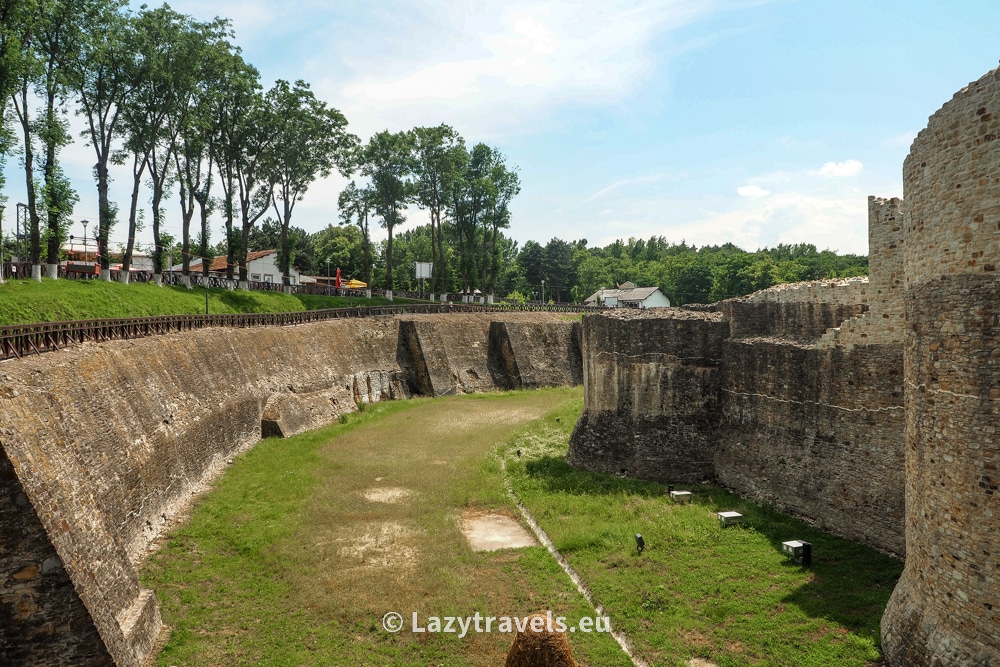
And of course, the display cases have all the typical castle stuff, like stone cannonballs and exhibits of melee and firearms. There’s also a treasury, a chapel, and cannons. It’s got all the standard medieval fortress stuff. I should mention the word „medieval” here because in 1675, there was an explosion inside the walls, and the castle was never rebuilt. They’ve reconstructed it, but now it’s used to make money from tourists. Since you can’t spend too much time inside, I went to the next attraction in Suceava, the open-air museum.
The open-air museum in Suceava
The open-air museum in Suceava, also known as the Bukovina Village Museum, is a bit of a mixed bag for me. I love open-air museums, but this one is a little different. I love the smell of preserved wood and how you can almost feel the past peeking out from under the boards. But I don’t like the open-air museum next to the apartment buildings. Some of the exhibits even made me laugh a little.
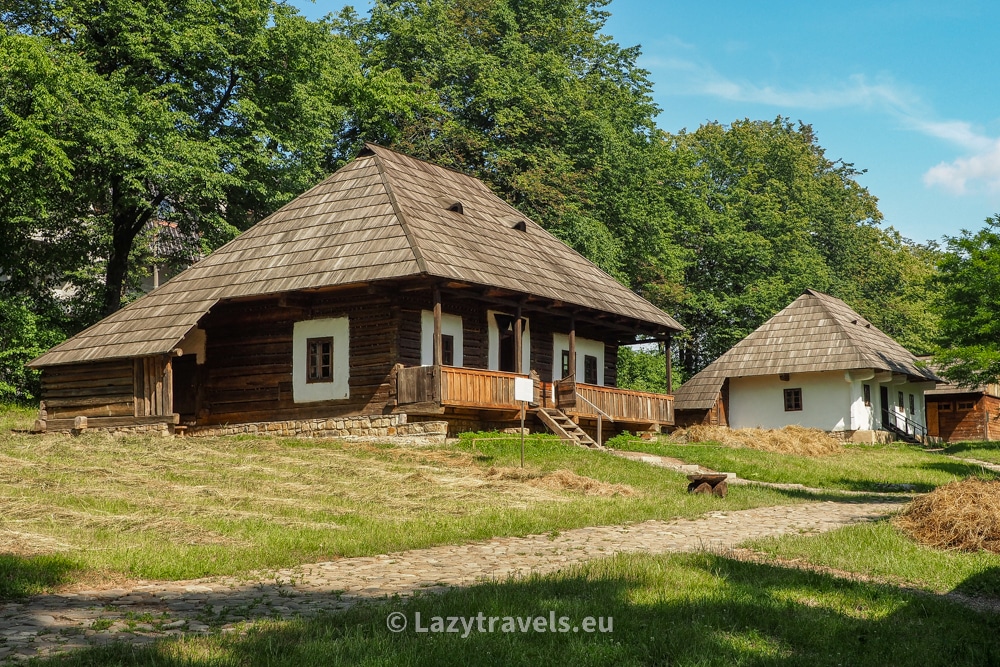
It’s a big place, covering six hectares with 80 different types of buildings from the Suceava area. All of these buildings are there to help people remember the village of Bečevina. That’s why you’ve got everything from shacks to big farms. And of course, there are all the buildings that made the area self-sufficient, like a mill. After all, if there’s grain, there’s got to be flour, right? That’s why there’s a mill by the stream with a water wheel and all the necessary equipment. Everything is set up so we can see how such a plant works.
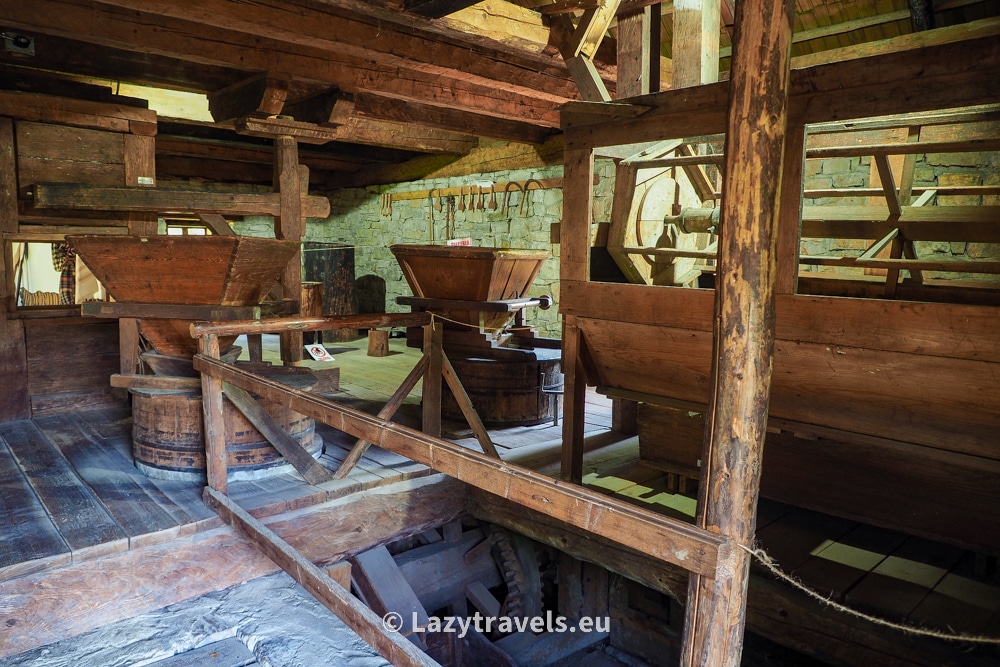
And of course, a village needs a church and traditions, right? There’s also a temple here, which used to be in the village of Vama and was built way back in 1783! If there’s something that nourishes the soul, there’s got to be something that nourishes the body, too. Can you believe that someone set up a still to make hooch near the church? All that’s left to do is make the mash and start production!
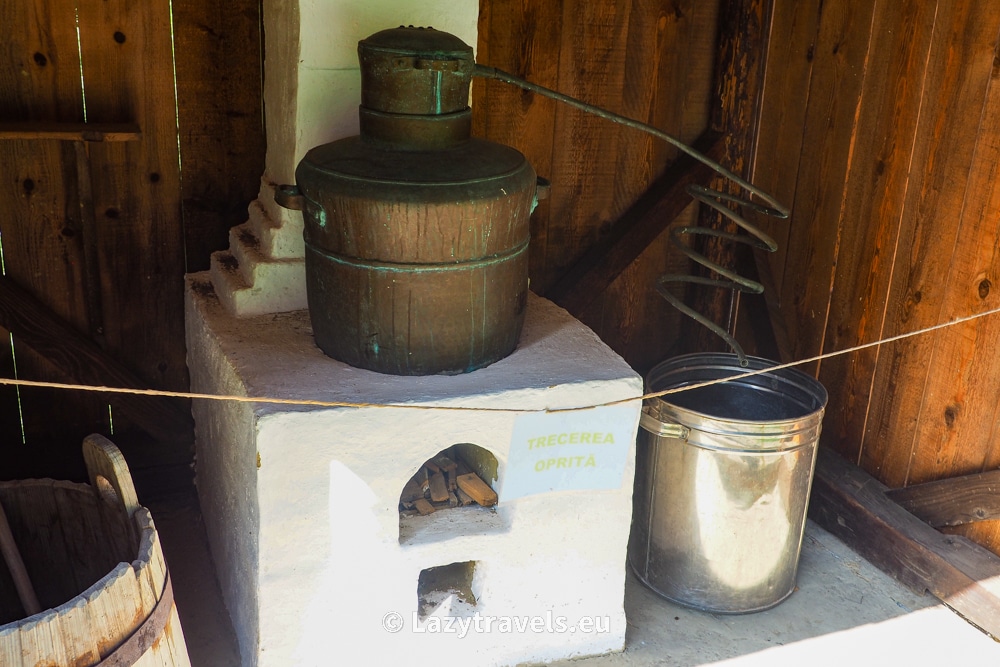
But what I mean when I say that I was overcome with a slight laugh at times? Well, as I was walking past one hut, I could hear some wailing coming from inside. When I went in, there was a man lying on a board in the middle of the room, and women in festive headscarves were standing around him. The speakers were playing some wailing music. I know it was supposed to look pathetic, but it was pretty funny. In contrast to the wailing from the speakers, I hummed cheerfully funny songs about dead. You know: Always look on the bright side of life from „Life of Brian” 😉
I could hum as much as I wanted since I was almost alone in the open-air museum.

There wasn’t much competition in looking into the nooks and crannies of the monuments of folk architecture and tradition. Even the staff was a bit lost in the crowd.
Painted church – St. John the New Monastery
Bukovina is famous for its painted churches. Suceava was the capital of the region, so it had to have one of these churches too. There is one, but unfortunately the paintings aren’t very well preserved and aren’t very impressive. They’re still beautiful, but compared to the ones in the area, they’re not as good as they used to be! The Monastery of St. John the New has a pretty standard look on the outside, and the walls are decorated in a similar way.
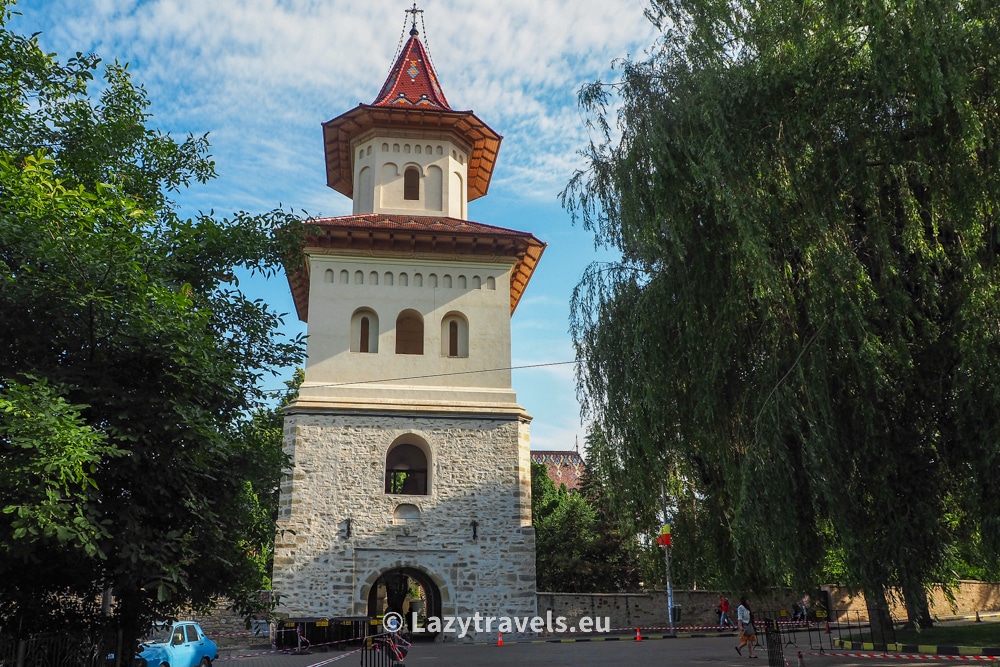
Some of the figures are located high up under the roof, while others are found in areas that were better protected from the weather. Unfortunately, when I arrived, a service was taking place in the temple, so I could only walk around it from the outside. I didn’t get to see the beautiful frescoes inside. I really wish I could have seen them, but I don’t like to disturb people in their sacred spaces.
But the most beautiful paintings were on display right next door, on a smaller, more modest building, which was also packed with people. It wasn’t the windows, but the doors were definitely open. If I’m remembering right, it was like our church office because you could buy different religious items inside. For me, the best part was the outside, with its frescoes. Anyway, check it out yourself.
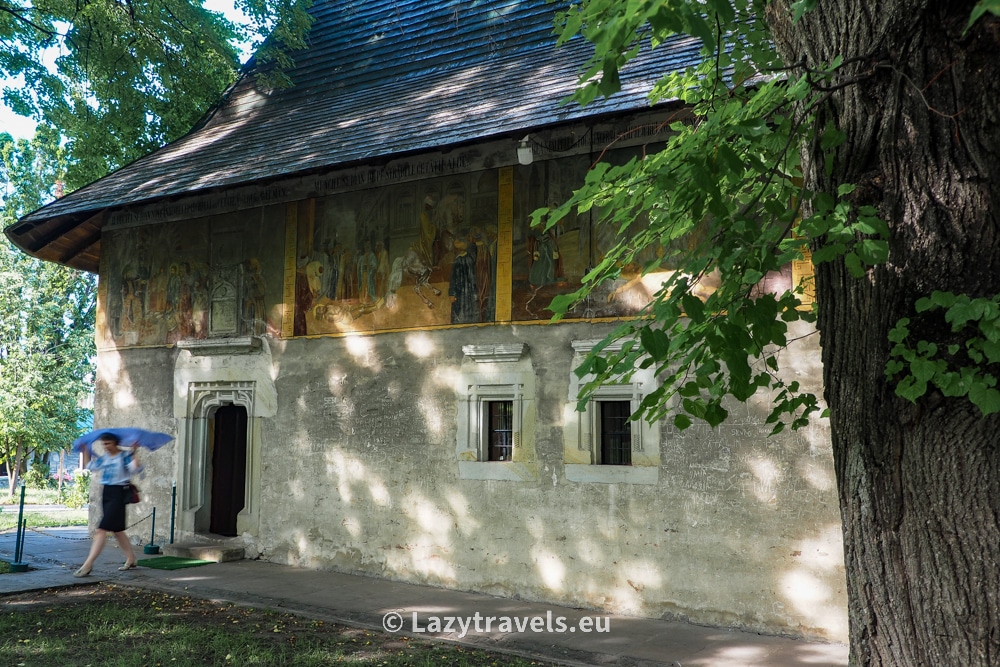
That’s all I have to say about „my” Suceava. I’m sure I could find a few more interesting places, like a museum or a park. But it wouldn’t change the fact that Suceava is just a concrete, ugly city. The good news is that it’s a great place to start exploring the whole Bukovina region. There’s a train station and a bus station, and travel agencies where we can book a personalized tour of the surrounding villages. It depends on how much money we want to spend. I was able to visit the historic Cacica mine, where the Polish minority lives, without my own car. I had to be a little persistent.

I’m definitely planning to go back to Suceava because the painted Orthodox churches of Bukovina were so impressive that I’ll want to see them again. I only saw a few of them when it was raining. There’s a good reason to return to Romania. And probably many times.
